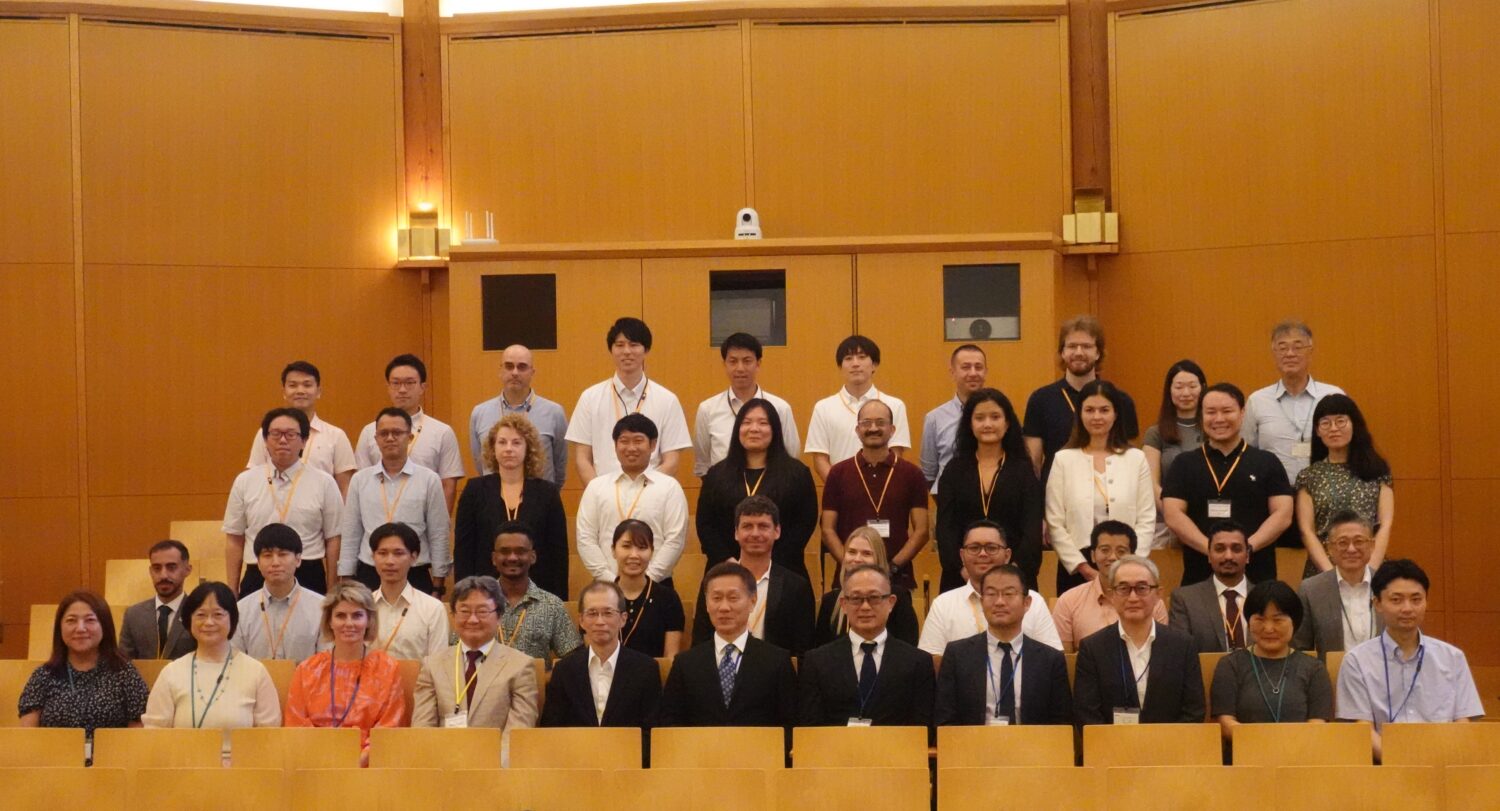The working group—chaired by AKIMOTO Keigo, chief researcher of the Systems Analysis Group at the Research Institute of Innovative Technology for the Earth (RITE)—is to estimate the generation costs of different power sources, before deliberations are carried out on revising the energy plan.
Before the members started their discussions at the July 22 meeting, an explanation was first given by a representative from the Agency for Natural Resources and Energy (ANRE) about its earlier assessment of power generation verification made three years ago in preparation for the issuance of the current Strategic Energy Plan in 2021.
Preliminary calculations for per-kWh costs in 2020 and 2030were given for 15 power sources, including coal-fired, LNG-fired, nuclear, wind (onshore and offshore) and solar (large scale and residential). Simple mathematical formulas were used, and the assumption was made that new generation facilities would be built at empty sites and operated.
Many uncertain factors were to be considered in addition to prospective fuel costs, utilization rates, availability factors of facilities, and developments in renewable energies, such as the conditions at siting locations where facilities are being constructed. The 2021 results were evaluated and analyzed as reference models.
The per-kWh cost of nuclear power was estimated at JPY11.7, assuming an availability factor of 70% and a service life of 40 years. That compared favorably with JPY10.7-14.3 for LNG-fired power and JPY8.2-14.9 for large-scale solar power.
Next, MATSUO Yuji, principal research fellow at the Institute of Energy Economics, Japan (IEEJ), gave an expert presentation about how generation costs are being calculated this time.
Noting first that “nothing has changed substantially in the basic thinking since the previous assessment,” he presented results using the levelized cost of electricity (LCOE) evaluation method, which takes calculations by both the Nuclear Energy Agency (NEA) and the International Energy Agency (IEA) into account.
Assuming a maximum of 60 years of service and an 85% availability factor during normal operations, the following per-kWh costs were calculated for each power source (baseline results):
- Large-scale solar power, JPY11.2
- Onshore wind power, JPY14.7
- Nuclear power, JPY11.7
- LNG-fired power, JPY 10.7
- Coal-fired power, JPY 13.6
Matsuo then presented a table illustrating possible changes that may arise from improved flexibility in future electricity systems, including the increased use of electric vehicles (EVs) and heat pumps.
He concluded his presentation by saying that “the nation will have to grasp the character and roles of each power source in future energy systems and strive to convey them accurately to the public” by making effective use of indicators other than the LCOE changes in economic efficiency of power sources, and by comparing indicators, thus charting the course for future discussions.
Some members asked for verifications to be made of power generation based on hydrogen and on ammonia, which are drawing attention as new energy sources. ANRE proposed calculations based on the model-plant method, suitable for evaluating the generation technology itself.
ANRE also noted the need to consider the effect of domestic and international affairs taking place since the current Strategic Energy Plan was first issued, including increased uncertainties stemming from growing tensions in the Middle East, and Japan’s new green transformation (GX) policy.
The Strategic Policy Committee generally meets every other week. Given the increasing interest in energy prices, deliberations at the working group are likely to be reflected in the discussions on revising the Strategic Energy Plan.










